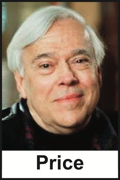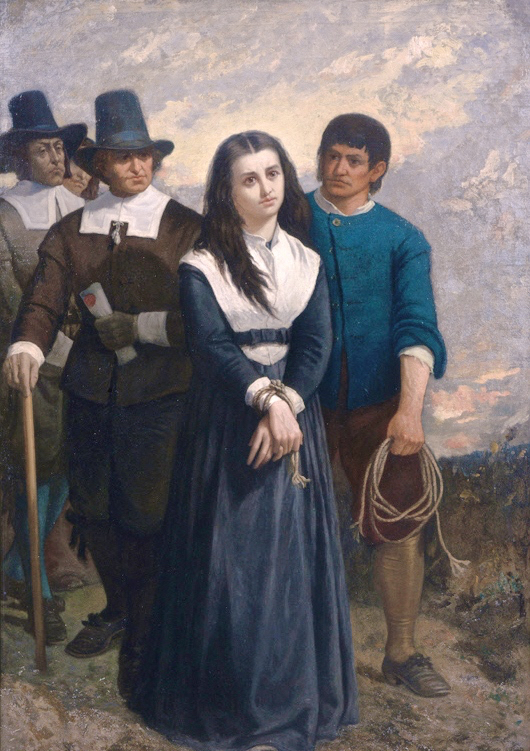Rascals case in brief
In the beginning, in 1989, more than 90 children at the Little Rascals Day Care Center in Edenton, North Carolina, accused a total of 20 adults with 429 instances of sexual abuse over a three-year period. It may have all begun with one parent’s complaint about punishment given her child.
Among the alleged perpetrators: the sheriff and mayor. But prosecutors would charge only Robin Byrum, Darlene Harris, Elizabeth “Betsy” Kelly, Robert “Bob” Kelly, Willard Scott Privott, Shelley Stone and Dawn Wilson – the Edenton 7.
Along with sodomy and beatings, allegations included a baby killed with a handgun, a child being hung upside down from a tree and being set on fire and countless other fantastic incidents involving spaceships, hot air balloons, pirate ships and trained sharks.
By the time prosecutors dropped the last charges in 1997, Little Rascals had become North Carolina’s longest and most costly criminal trial. Prosecutors kept defendants jailed in hopes at least one would turn against their supposed co-conspirators. Remarkably, none did. Another shameful record: Five defendants had to wait longer to face their accusers in court than anyone else in North Carolina history.
Between 1991 and 1997, Ofra Bikel produced three extraordinary episodes on the Little Rascals case for the PBS series “Frontline.” Although “Innocence Lost” did not deter prosecutors, it exposed their tactics and fostered nationwide skepticism and dismay.
With each passing year, the absurdity of the Little Rascals charges has become more obvious. But no admission of error has ever come from prosecutors, police, interviewers or parents. This site is devoted to the issues raised by this case.
On Facebook
Click for earlier Facebook posts archived on this site
Click to go to
Today’s random selection from the Little Rascals Day Care archives….
Click for earlier Facebook posts archived on this site
Click to go to
Today’s random selection from the Little Rascals Day Care archives….
‘Overwhelming power’ in the worst possible hands
Dec. 23, 2011
 “Many appalling results of the recovered-memory movement of the 1970s and ’80s arose from … unexamined views of memory – occurrences like the false accusations of employees of children’s care centers… Such fantasies have often been encouraged as reliable memories by doctrinaire therapists and have sometimes resulted in prison sentences and ruined lives for innocent fathers, mothers, kin, teachers and devoted caretakers.
“Many appalling results of the recovered-memory movement of the 1970s and ’80s arose from … unexamined views of memory – occurrences like the false accusations of employees of children’s care centers… Such fantasies have often been encouraged as reliable memories by doctrinaire therapists and have sometimes resulted in prison sentences and ruined lives for innocent fathers, mothers, kin, teachers and devoted caretakers.
“The documentary films made by Ofra Bikel … are meticulous and frightening accounts of such fantasies and their overwhelming power in the hands of the cruelest, most self-deluded and most easily panicked among us.”
– From “Ardent Spirits” by the late Reynolds Price (2009)
Will Edenton, too, ever be ‘honest about what took place’?

nyhistory.org
“Witch Hill: The Salem Martyr,” oil on canvas, by Thomas Satterwhite Noble, painted in 1869. Notes from the gallery label: “The young woman who posed as the condemned witch was a librarian in the Cincinnati library, and was a lineal descendant of a woman who was actually hanged as a witch in 17th century Salem. Painted in Cincinnati.”
Jan. 14, 2016
“Researchers announced this week they have confirmed the plot (in Salem, Mass.) where 19 people accused of witchcraft were hanged in a wave of hysteria that swept this seaside city in 1692.
“Salem plans to mark the ignominious spot, Mayor Kimberley Driscoll said: ‘This is part of our history, and this is an opportunity for us to be honest about what took place.’
“Neither of two previous plans for a memorial there (in 1892 and 1936) went anywhere. Emerson ‘Tad’ Baker, a Salem State University professor who helped pinpoint the location, said the desire by some to forget the witch trials was probably to blame.
– From “Researchers pinpoint site of Salem witch hangings” by Laura Crimaldi in the Boston Globe (Jan. 13)
In Edenton, the “desire by some to forget” still dominates, but should it ever weaken…..
![]()
‘Parents too trusting’? No, magazine too gullible
May 1, 2013
“For several years… during which innocent people, many of whom were themselves the parents of young children, were sent to prison, the press by and large went along. ‘The horrors may only have started with sodomy, rape, oral copulation, and fondling,’ Newsweek confidently reported of the McMartin allegations in April 1984….
“Time’s account noted that a horse was slaughtered in front of the toddlers to intimidate them into silence, but the magazine neglected to ask how this messy procedure was accomplished without detection in a busy preschool in the middle of town, where parents and teachers came and went throughout the day. ‘Parents,’ Time chided, ‘were too trusting, assuming that separation anxiety was the reason their children cried when dropped off at school.”
“By the late ’80s, then, the notion that many, many day care workers went into the field only to sate their Sadean lusts for small children, and that schools were places fraught with sexual ‘stranger danger,’ and that childish innocence was under unprecedented assault from the forces of evil, had sufficient credibility to darken the nightmares of mothers and fathers across the country.”
– From “Against Innocence: The truth about child abuse and the truth about children” by Margaret Talbot in The New Republic (March 15, 1999)
“By the late ’80s…” indeed – exactly when the initial allegations were made in the Little Rascals case.
A theory on ‘the seeds of this case’
Oct. 26, 2011
“Many of the investigators in the Little Rascals case (seem to have been) poised to find allegations of sexual abuse.
“The seeds of this case may have been sown in the spring of 1988, months before the first allegations of child sexual abuse…. At a 3-day conference in the Outer Banks town of Kill Devil Hills, law enforcement and social services workers convened to learn about the dangers of child molesters operating day-care facilities.
“The seminar was co-sponsored by a counseling group and assisted by Judy Abbott, a social worker who would become one of the most active therapists for the child victims in this case. The featured speaker was Ann Burgess, editor of the book ‘Child Pornography and Sex Rings’ (1984).
“Also attending were H. P. Williams, who would co-prosecute the case, and Brenda Toppin, the Edenton police officer who was first to interview most of the children in the case and to advise parents of their abuse.”
– From “Jeopardy in the Courtroom: A Scientific Analysis of Children’s
Testimony” by Stephen J. Ceci and Maggie Bruck (1995)











0 CommentsComment on Facebook